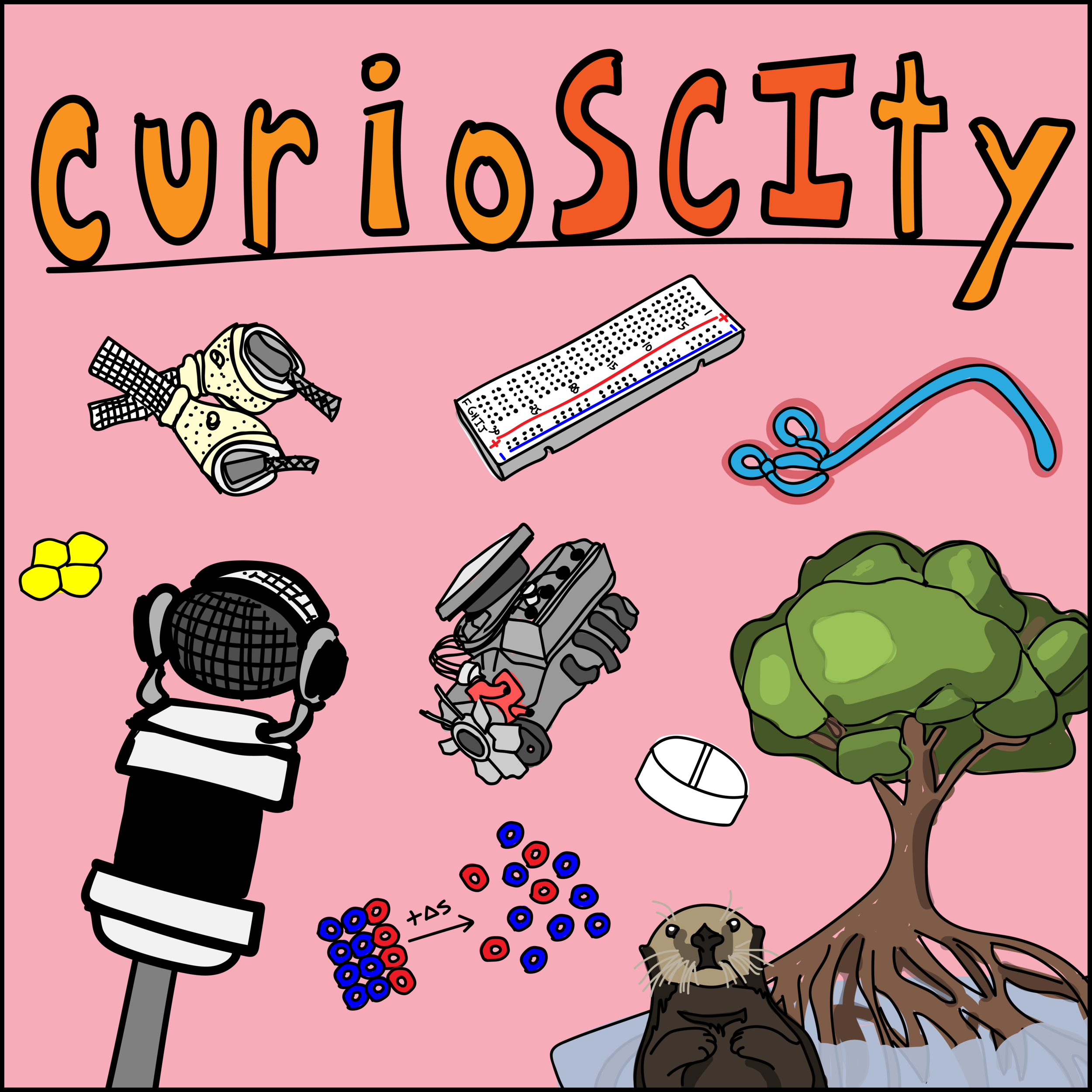99 - Salmonella (w/ Edward Miao!)
99. Salmonella
There’s more to Salmonella than just Salmonellosis. What is salmonella? Why is it often related to foodborne illness? Let’s learn to be scientifically conversational.
General Learning Concepts
1) What is a bacterium? How are they different than humans?
a. What is a bacterium? Microscopic, single-celled organisms. They do not have different internal compartments like Eukaryotic cells (human cells, plant cells, yeast cells, for example). They have a cell wall of some thickness, unlike human cells. They can be found in all manners of locations (mountains, oceans, inside of animals, frozen in ice, just about everywhere). There are likely 1 trillion different types of microbes on Earth and 99.999 percent have yet to be discovered. [2] [3]
b. What do bacteria need to live? Some require oxygen to make energy, some don’t. Some require organic carbons (like decaying material or being able to do fermentation) and some don’t (can use carbon dioxide as a source of inorganic carbon which can be fueled by light energy). Bacteria acting as decomposers are quite critical to our environment as we know it.
c. Why are bacteria important to our global ecosystem? It is unlikely that life as we know it would exist without bacteria. Organic carbon would remove all of the carbon dioxide in the atmosphere if bacteria didn’t break them down and decompose them. If there was no carbon dioxide, plants could not photosynthesize. This immediately would cause a trophic breakdown where primary producers would be gone and trophic predators (including humans) would immediately starve to death and die out. Decomposition on its own releases nutrients into the environment that can be used for a myriad of purposes. Bacteria are also quite important for nitrogen fixation (making nitrogen that is usable for plants). [2]
d. Are bacteria yeast? Or fungi? No, neither! Fungi are Eukaryotes, not bacteria. Just because something is single-celled doesn’t mean it’s a bacterium. Amoebas, yeast, and members of Archae are not bacteria.
2) How do Salmonella fit into the bacterial niche?
a. What is Salmonella? Genus of bacillus (rod shaped) Gram-negative bacteria. They are not spore forming; motile; lengths of 2 – 5 microns; chemotrophic; facultative anaerobes. Discovered and isolated from pig intestine by Theobald Smith in 1855; named after Dr. Daniel Elmer Salmon, an American pathologist.
i. What is a serotype?
b. Relatedness to Foodborne Illness: Bacterial infection that causes disease in the intestinal tract; can result in diarrhea, fever, and abdominal cramps. Can result in severe dehydration. Infection in humans is often associated with eating raw/undercooked meat or poultry products.
c. Pathogenesis: Pathogenic strains of Salmonella invade mucosa of the intestines and provide a space to begin toxin production. This process results in inflammation of the host’s immune system.
3) How are Salmonella used in research today?
4) Fun Tidbits
a. 1984 Rajneeshee bioterror attack: The Rajneesh cult succeeded with the first documented bioterror incident in the United States. “The cult planned to infect residents with Salmonella on election day to influence the results of county elections. To practice for the attack, they contaminated salad bars at 10 restaurants with S. Typhimurium on several occasions before the election. A community wide outbreak of salmonellosis resulted; at least 751 cases were documented in a county that typically reports fewer than five cases per year. Although bioterrorism was considered a possibility when the outbreak was being investigated by public health officials, it was considered unlikely. The source of the outbreak became known only when FBI investigated the cult for other criminal violations. A vial of S. Typhimurium identical to the outbreak strain was found in a clinical laboratory on the cult’s compound, and members of the cult subsequently admitted to contaminating the salad bars and putting Salmonella into a city water supply tank.” — CDC, Emerging Infectious Diseases
b. Reptiles: 10% of reported cases of Salmonella involved those who had in/direct contact with reptiles; read-eared slider turtles were the most common reptile culprit at over 50% of reported cases involving reptiles in LA county.
5) Solicited Questions
a. How often do people accidentally get salmonella while cooking ordinary foods? Estimated 1.4 million cases of Salmonella per year in the US with ~400 deaths.
b. Who is Typhoid Mary? Mary Mallon: 1869-1938. At the time, typhoid fever, carried by Salmonella typhi, was lethal to about 10% of cases. Mary was a “healthy carrier”: also known as an asymptomatic carrier or one who has been infected with a pathogen but shows no symptoms of that infection. A truly crazy story in which Mary is stalked by a sanitary engineer who attempts to take samples of Mary’s feces, urine, and blood and resulting in < 3,000 New Yorkers become infected.


